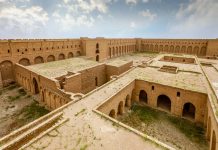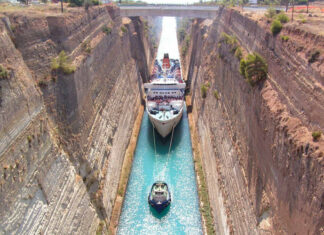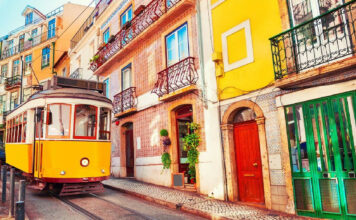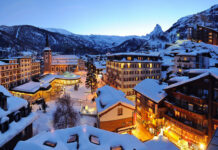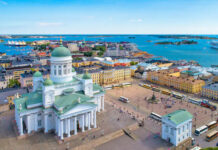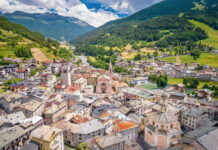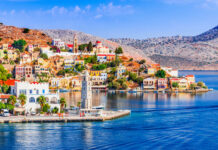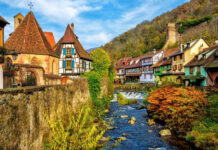The Colosseum, Rome, Italy
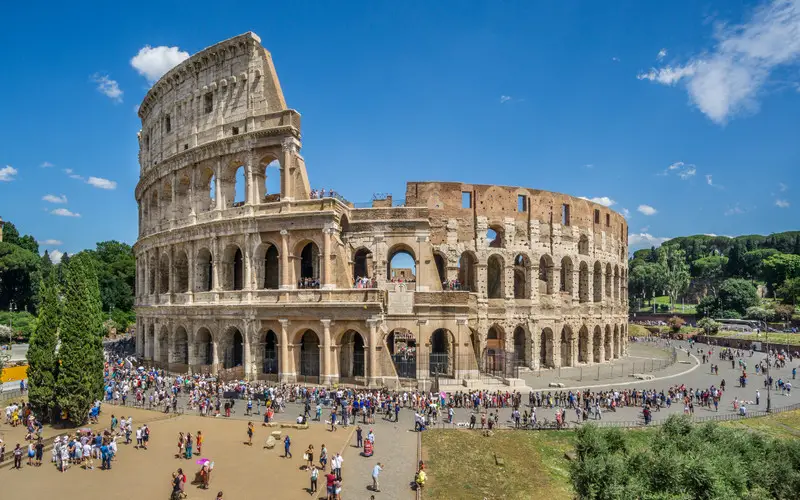
A symbol of ancient Rome’s engineering prowess and entertainment extravagance, the Colosseum stands tall as an iconic amphitheater. This grand structure hosted gladiatorial contests, animal hunts, and dramatic performances, captivating audiences with its architectural marvel and historical significance.
Pompeii, Italy

The haunting ruins of Pompeii, frozen in time by the catastrophic eruption of Mount Vesuvius in 79 AD, offer an unparalleled insight into daily life during the Roman era. Wander through remarkably preserved streets, houses, and public spaces, experiencing the tragic yet mesmerizing tale of a city engulfed by volcanic ash.
Bath, England
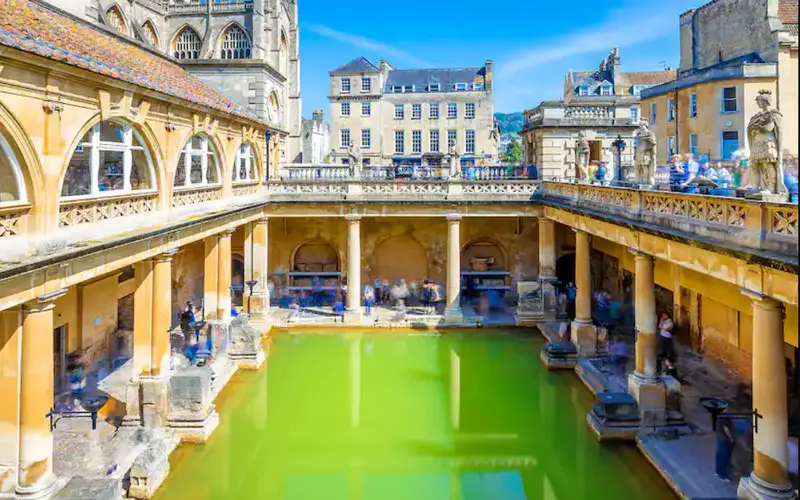
The city of Bath boasts one of the best-preserved Roman baths outside Italy. The Roman Baths complex, a UNESCO World Heritage Site, features ancient hot springs, beautifully preserved baths, and a museum showcasing artifacts from the Roman period.
Jerash, Jordan

In the heart of Jordan lies Jerash, a remarkably well-preserved ancient city known for its Greco-Roman ruins. The site boasts stunning colonnaded streets, theaters, temples, and a remarkable oval forum, offering a glimpse into the splendor of Roman urban planning in the Middle East.
The Roman Forum, Rome, Italy
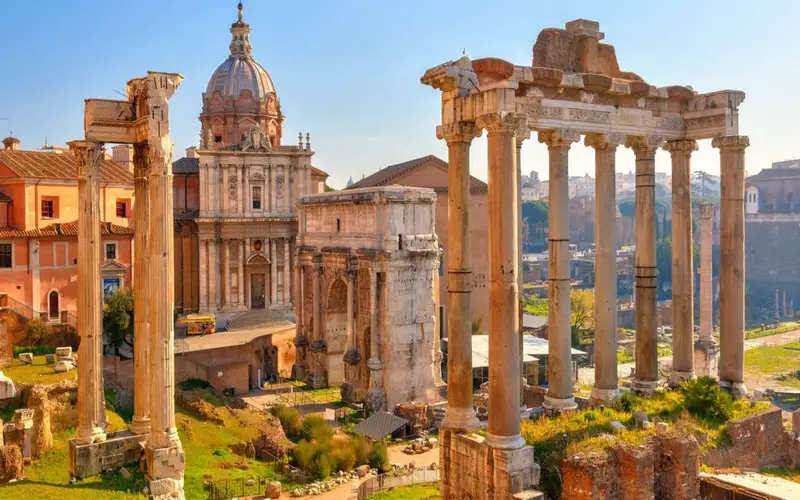
Once the bustling center of ancient Rome, the Roman Forum is a sprawling archaeological site showcasing remnants of temples, basilicas, and government buildings. Walking through these ruins unveils the political, religious, and social life of the Roman Empire.
Trier, Germany
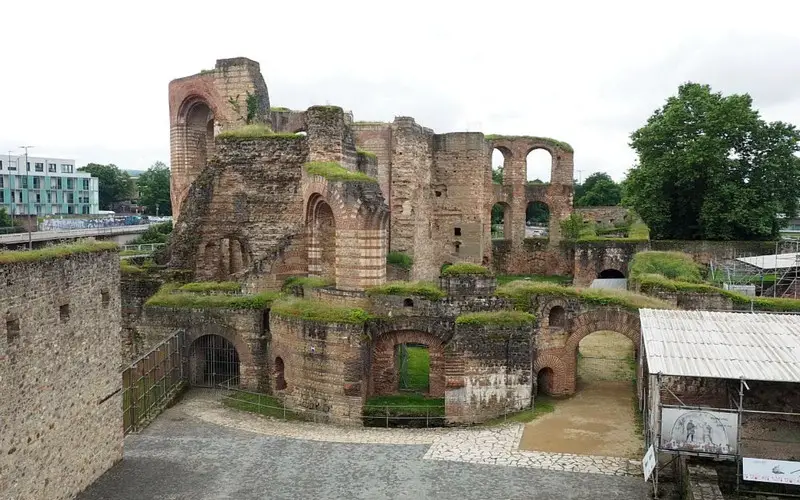
Trier, often called the “Rome of the North,” is home to impressive Roman monuments, including the Porta Nigra, a well-preserved Roman city gate, and the Trier Imperial Baths. These remnants stand as a testament to the city’s significance during the Roman era.
Ephesus, Turkey
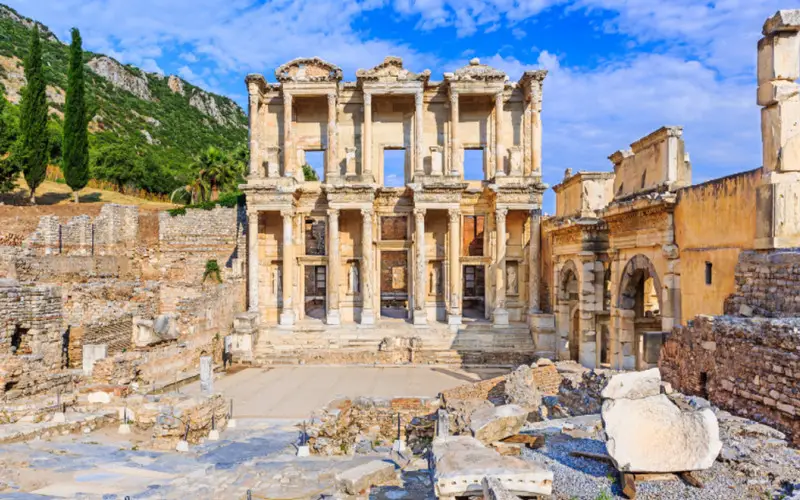
The ancient city of Ephesus, once a prominent Roman city in Asia Minor, boasts an array of well-preserved structures such as the Library of Celsus, the Great Theater, and the Temple of Artemis. Its architectural grandeur showcases the influence of Roman culture in the region.






